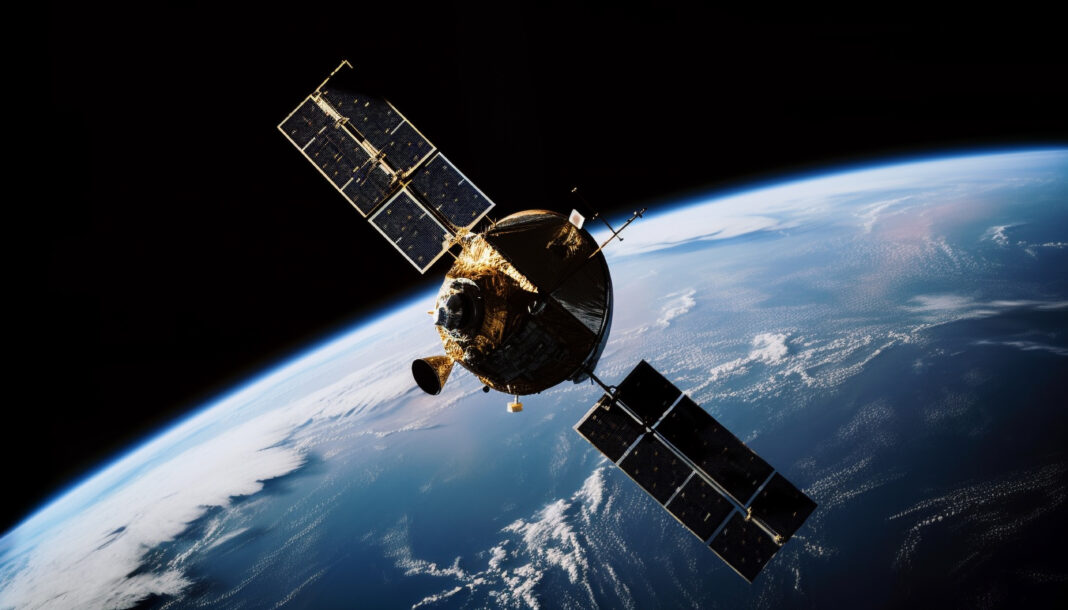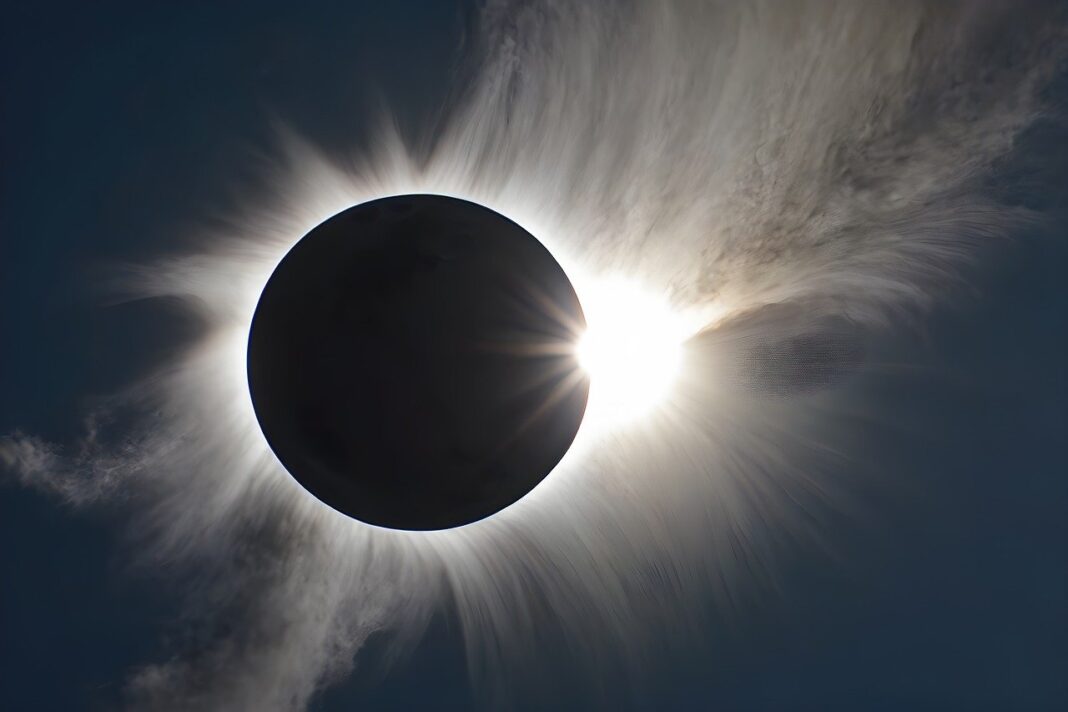Satellites are very important in the current fast developing technology world and they also play a role in our day to day living.
These artificial machines have brought about a major turn around in science and communication whereby they help us by giving out television and internet signals as well as enhancing our way of predicting weather conditions and finding directions.
However, what is this satellite, how does it operate, and where is it useful? This blog explores satellites in detail; thus, providing insight that will help you understand its concept better.
What is a Satellite?
To begin with, we should comprehend what a satellite is. It refers to any body revolving around a bigger celestial body.
For instance, these may be natural satellites in the form of moons or man-made ones that have been sent into space for different reasons. However, artificial satellites are what science refers to as satellites.
Since its launch on October 4, 1957 by the Soviet Union, there has been no turning back for this groundbreaking technology starting with Sputnik 1, the very first man-made satellite ever to be successfully put into orbit and space.
Currently, there are thousands of human made satellites in space that are used for communication and other purposes but the figures keep on increasing with different nations and private sector agents sending theirs up too.
How Does a Satellite Work?
With that explanation on what satellites are, it would be easier for us to comprehend its operation. Depending on the intended goal, a satellite is placed in a certain orbit after being sent into space.
These include three primary kinds of orbits– Low Earth Orbit (LEO), Medium Earth Orbit (MEO), and Geostationary Orbit (GEO). The LEO is located around the earth at an estimated distance of 160-2000km with regard to the sea level.
MEO is situated at approximately 36,000 km while GEO lies under an approximate height of 36,000 km above the equator.
For a satellite to remain in space, there must be equilibrium between its forward movement and the gravitational pull. It implies that a satellite should have a speed high enough to keep it from falling back towards the earth at all times.
Nevertheless, if it is flying off beyond space then it means it does not have the correct speed. In addition, the orbital height of a satellite determines its orbital period or the duration taken to complete one circle round the earth.
What Powers a Satellite?
However, what makes these satellites work? Some of the main sources of energy utilized in satellites include solar panels, batteries, and fuel cells driven by chemical reactions.
Electricity is generated from sunlight by the solar panel and this power is kept within the batteries for usage of the satellite even during night. These fuel cells draw oxygen from the atmosphere which is then mixed with hydrogen from onboard tanks in order to produce electricity.
Given that the manner in which satellites operate has been explained, we shall now consider their application in science. Satellites have many uses in science: for example, we can use them to communicate, find our way, collect information about our planet, predict the weather or even conduct research on different topics.
Applications of Satellites in Science
1. Communication
Long-distance communication is made possible through communication satellites, which are very important for our day to day activities.
The function of these satellites is to bounce off signals between other orbiting craft such as other satellites or space shuttles and vice versa to the earth stations. As such, communication satellites enable global communication and information exchange systems that we use every day.
Besides, they can transmit TV signals directly to homes or by relaying them through one cable system to another.
2. Navigation
GPS is one of the navigation satellites which are essential for determining an exact location on the planet.
The functioning of these satellites is such that they send a combination of very accurate time signals and information about where they are to any receiving set situated on the surface of the earth or within the atmosphere.
Today, this technology is used by everyone to move from one place to another safely or for predicting tomorrow’s weather.
3. Observation
Cameras and sensors in earth observation satellites take images of high resolution on the surface of our planet.
With these devices, it is possible to monitor different activities on land, follow the course of such natural cataclysms as hurricanes or earthquakes, and also define promising sites for carrying out geological research.
4. Weather Forecasting
Satellites are also important in predicting the weather. They collect information from different sensors onboard and this helps in monitoring the global atmospheric status.
As a result meteorologists can anticipate well upcoming cyclones, typhoons and also be able to warn people in advance about such threats.
5. Scientific Research
In addition to their applications, satellites play a crucial role in scientific study.
Satellites enable us to observe objects in deep space that may be challenging or impossible to see directly from the earth’s surface due to their long distances and atmospheric opacity.
This fact is clearly illustrated by the Hubble Space Telescope; mankind has gained a lot of knowledge about the universe using sophisticated cameras on board.
6. Understanding Earth Better
In addition to exploring outer space, satellites play a major role in helping us understand our planet.
Climate change research is facilitated through satellite data analysis aimed at determining changes in temperature as well as evolution of weather patterns on the Earth.
It has also been very important in monitoring the depletion of the ozone layer, mapping of ocean currents and studying the migration patterns of wildlife.
Drawback of Launching So Many Satellites to Space
Nonetheless, as satellites increase in number, we also have a few worries about their use.
The truth is that the more things are sent into space means there is an increased risk of collisions which can create dangerous debris that could damage other functioning satellites or even the International Space Station.
Many people think that to solve this problem there should be more rules on how to launch and less hazardous to health ways of getting rid of old satellites.
Final Words
To sum up, satellites are now very important in science and communication, having advanced from being simple metallic balls to employing sophisticated technology.
In conclusion, it can be said that these objects have made it possible for us to cross over from one end of the world to another with ease, know our exact location at all times, keep track of how the environment is holding up and extend human knowledge.
Without a doubt this engineering feat will be essential for the development of mankind in shaping our future because we plan on moving out into the unknown!





